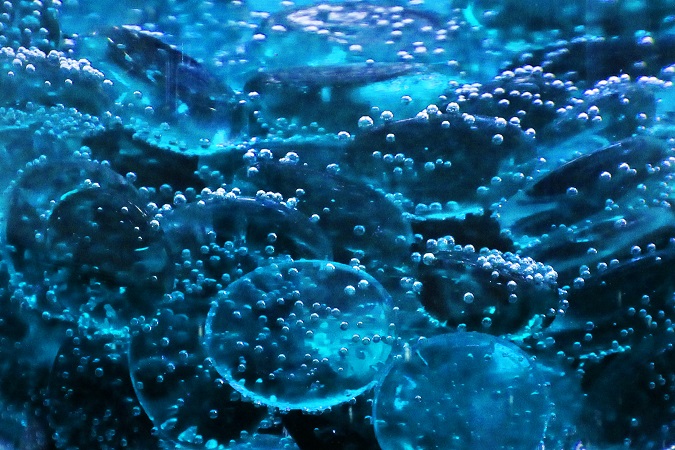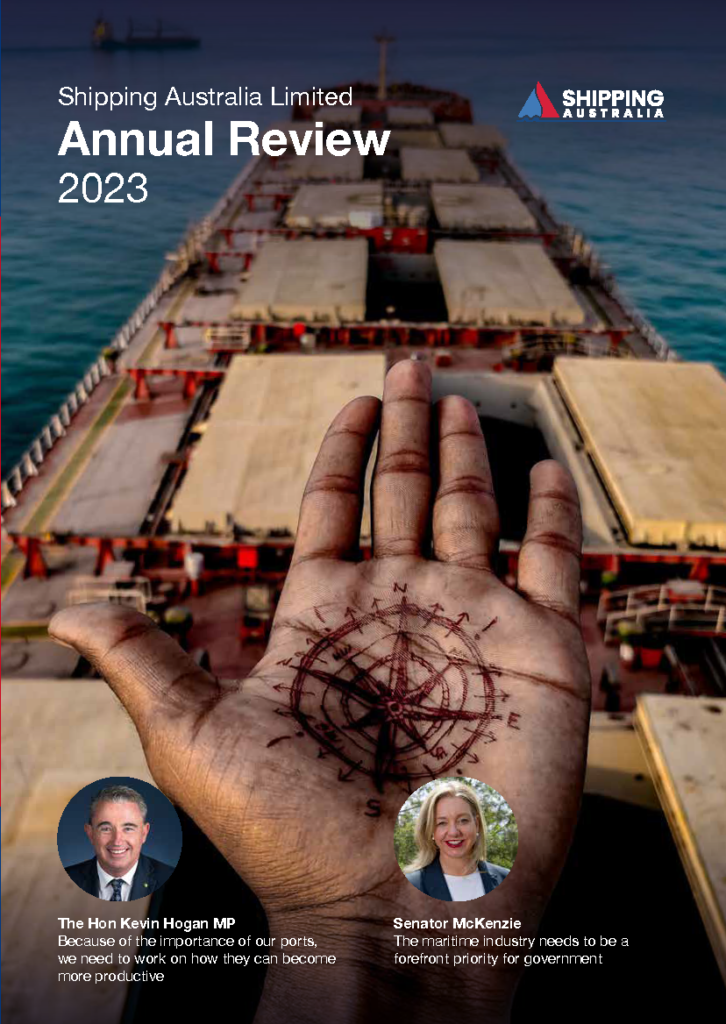Capture of carbon dioxide (CO2), a potent atmosphere-warming gas, onboard ships could help shipping decarbonise – and potentially even help remove carbon from the atmosphere – yet adoption of this vital technology is being bottlenecked by low port readiness.
That’s the conclusion of an in-depth research study, “Concept study to offload onboard captured CO2“, prepared by global class society Lloyd’s Register and international engineering company, Arup, and commissioned by the Global Centre for Maritime Decarbonisation.
Global interest in onboard carbon capture and storage
Global shipping has experienced a surging interest in “Onboard Carbon Capture and Storage” with approximately 60% of the respondents to the Global Centre’s recent decarbonisation survey indicating that onboard capture will be an important part of the green transition, with 50% of the “frontrunners” (those organisations that the Centre considers have the greatest decarbonization ambitions and have dedicated substantial resources to reducing emissions) declaring an intention to pilot onboard capture as early as 2025. Meanwhile, international ship broker, Clarksons Research, has reported that more than 30 vessels in the current fleet, alongside another 22 newbuilds, are or will be testing this technology.
“OCCS remains a nascent decarbonisation solution. Its commercial adoption hinges on the identification of pathways by which onboard captured CO2 can be offloaded, and a clear articulation of the fate of the captured CO2, i.e., how it is ultimately used or sequestered,” the GMCD says.
Global class society and technology research group, DNV, reports that there are many mature technologies for the capture of CO2 from industrial exhaust. After fuel is burnt, the exhaust gas is sent through a system that contains chemicals called “amines” – these are basically ammonia (NH3) that have had the hydrogen (the “H” in NH3) replaced with other chemicals. The currently most widely used form is monoethanolamine, according to DNV. These amines are included in a water-solution, which is brought into contact with the exhaust gases. There, the amines weakly bond with carbon dioxide to form intermediate compounds. The now carbon-rich solution is sent through a heating process that separates the chemicals – releasing almost pure carbon dioxide. The CO2 is then sent through a dehydrator to drive of the water. The amines will undergo further treatment to be recycled back into the system. The CO2 is compressed into a liquid-like state, reports energy company, Enbridge.
Ultimately, the recovered carbon could either be sequestered in underground rock formations or, alternatively, put to industrial uses such as the manufacture of synthetic fuels.
Most efficient system
Storing, moving, handling, and offloading captured CO2 is best done when CO2 is in liquid form; it’s the most efficient and cost-effective method. “Limited by port readiness and existing
infrastructure, the study identified ship-to-terminal transfer of ISO tank containers holding liquefied CO2 as the easiest modality to pilot today,” the GMCD study says.
It’s worth noting that there are other concepts using intermediate liquids.
Low port readiness… it’s the old chicken & egg problem
The GMCD report found that, although a small number of ports have the infrastructure to offload liquefied CO2, they are primarily designed to handle food-grade CO2, which limits the inter-operability of facilities to handle onboard capture CO2. The study examined more than ten infrastructure projects worldwide that are likely to handle large volumes from CO2 emitting industrial clusters. It was found that port infrastructure needed for offloading, storing and transporting onboard captured CO2 will likely need to be integrated with such projects for economies of scale. However, many of the projects had not reached the point of a Final Investment Decision, and, so, ports have not proceeded with offloading infrastructure.
“Furthermore, introducing LCO2 offloading into already complex port operations will likely impact port efficiency and operational performance. The need for additional buffer zones to address the
safety concerns of LCO2 handling and storage will also add to existing space constraints at ports and terminals,” the study added.
The report found that Ship-to-Ship and Ship-to-Shore transfers using an intermediate LCO2 receiving vessel are the most promising modalities for offloading at scale. Ship-to-Terminal transfer of captured CO2 confined in ISO tank containers can be used at smaller scales and for end uses that require higher grades of CO2.
Regulatory and policy aspects
The GMCD noted that the policy and regulatory landscape for offloading of CO2 is immature and that the London Protocol, which provides a regulatory framework for CO2 transport and related carbon credits between countries, does not cover the transfer of CO2 captured in international waters to a country. Meanwhile, the main international maritime pollution treaty, MARPOL, does not account for onboard captured CO2 as a waste stream. Standards for measuring and recognising collected and transferred CO2, along with monitoring, reporting and verification need to be developed. It was noted that the IMO is looking to implement a market-based measure in 2027 that will incorporate technical and economic elements, which will put a price on CO2 emissions.
“The effectiveness of OCCS for maritime decarbonisation hinges on successfully integrating carbon capture solution onboard ships and offloading the captured …CO2 to the onshore carbon capture, utilisation and storage (CCUS) value chain,” the report said.



